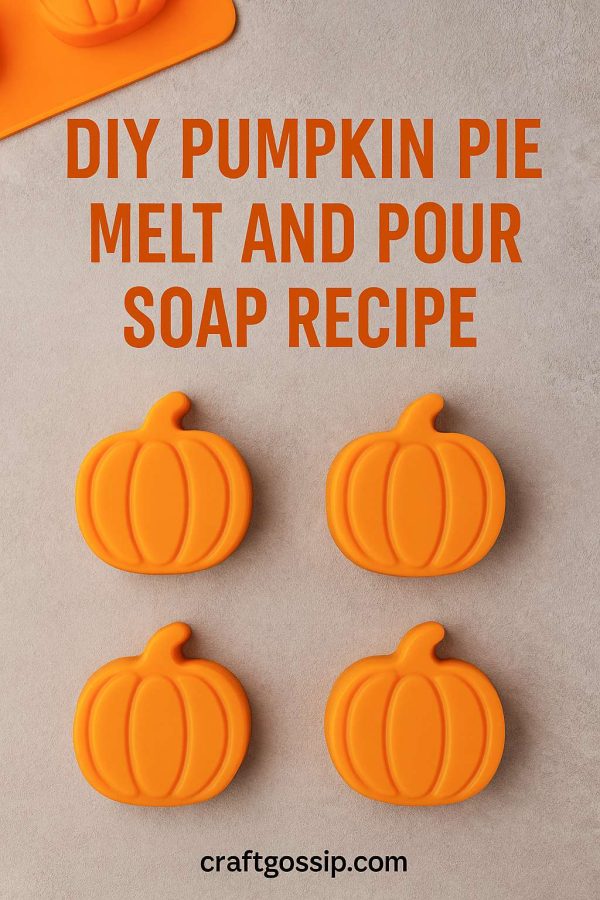 Teach Soap has yet another wonderful recipe to share. This shaving soap recipe is for cold process soap makers and is a nice standard recipe to explore making shaving soap.
Teach Soap has yet another wonderful recipe to share. This shaving soap recipe is for cold process soap makers and is a nice standard recipe to explore making shaving soap.
Ingredients:
12 oz. Coconut oil
12 oz. Palm oil
12 oz. Olive or Canola oil
14 oz. distilled water
1 heaping tablespoon of clay ( I used bentonite clay but any will work – it’s used to provide slip for the razor)
5.25 to 5.4 oz. lye ( depending on your superfat preference)
Instructions:
1. Heat your Palm, Coconut and Canola oil up in the microwave or in a double boiler until they reach a temperature of 115 degrees Fahrenheit.
2. With all your SAFETY GEAR on, pour the pre-measured lye into 14oz. of distilled water.
3. Mix in a glass or unbreakable, heat-friendly Pyrex bowl with a stainless steel mixing spoon. Do NOT breathe the lye fumes. This mixture will heat all the way up to approximately 180 degrees Fahrenheit.
4. Cool this mixture to approximately 115 degrees.
5. When both the oils and the lye water are within 10 degrees of 115 degrees, pour the lye/water mixture into the melted oils.
6. If you have a stick blender, now is the time to use it. If you do not have a stick blender, hand stir with a whisk or stainless steel tool. If you’re using a stick blender, you should see trace (the point where you can see faint soap trailings when you drizzle the mixture over the surface) within 5 minutes. If you’re using a hand propelled mixer (a spoon), this process could take up to a full 3 hours.
7. Once you’ve hit trace, add your clay and mix in well. Wait for a minute to make sure that the soap is fully traced and is not going to separate in the bowl (and thus, in your molds).
8. Pour the thick, white, creamy soap mixture into your molds. Your soap will need to sit out for a full 6 weeks before using.
If you are new to cold process soap making, Teach Soap recommends “The Soapmaker’s Companion”.
See the full post here.

Just wondering what type of clay exactly. I am a potter and a soap maker and I have clay in a brick in wet form, but I was wondering if you meant that you can use any type of clay in powder form. Thanks for the information!